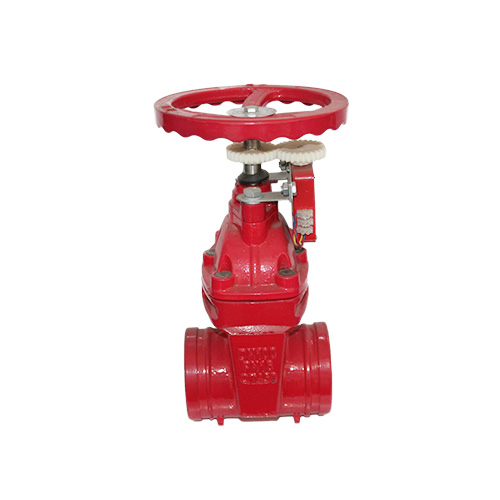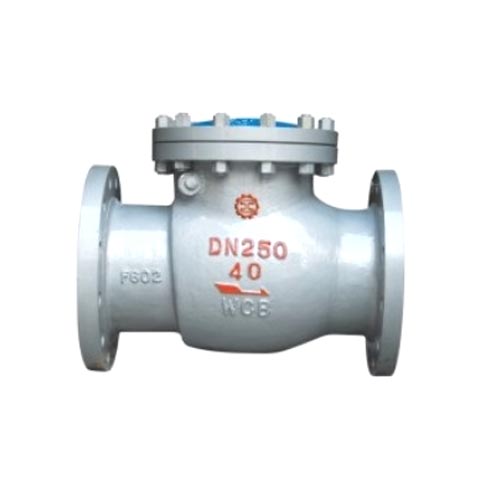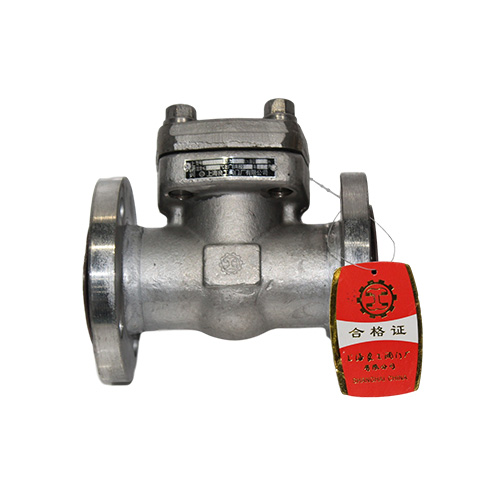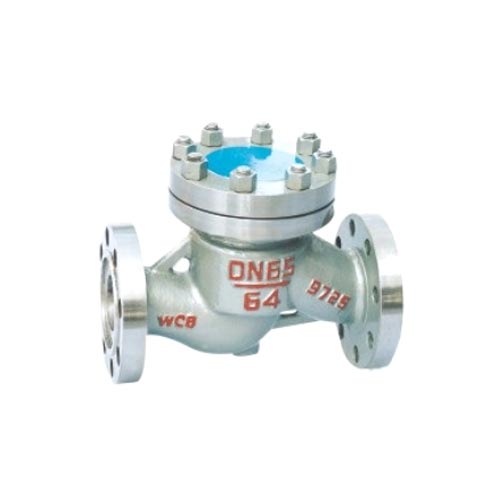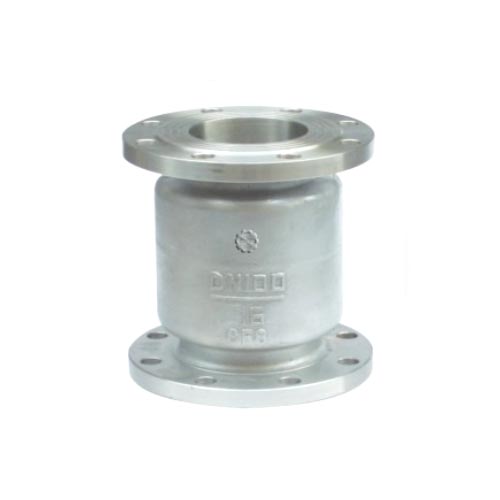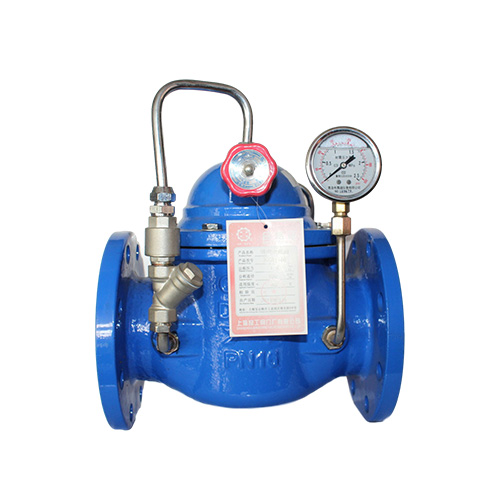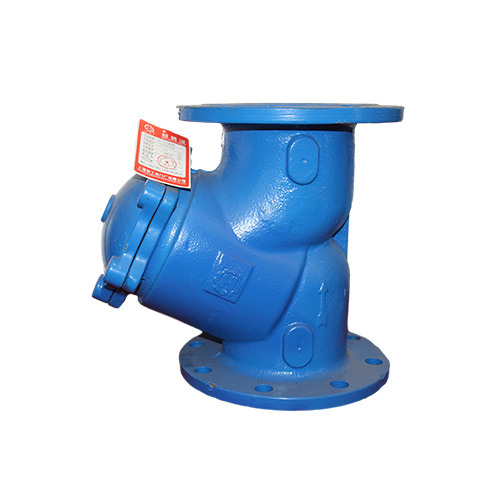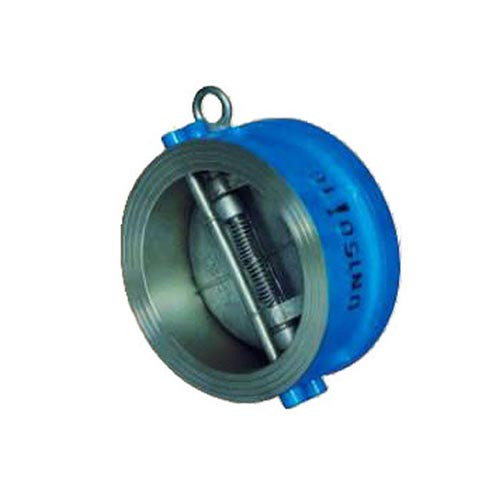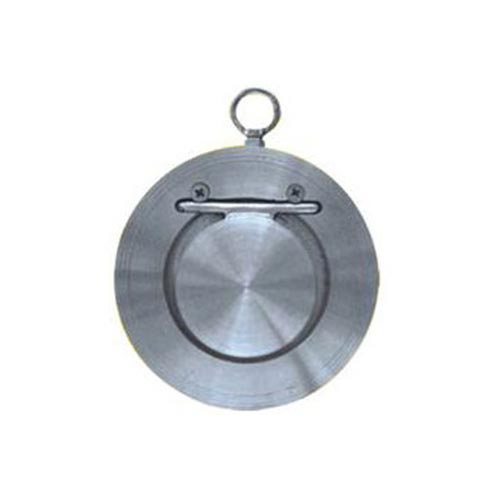阀门是流体输送系统中的控制部件,具有截止、调节、导流、防止逆流、稳压、分流或溢流泄压等功能。阀门种类繁多,有电动阀门、气动阀门、液动阀门、手动阀门等。阀门可用于控制空气、水、蒸汽、各种腐蚀性介质、泥浆、油品、液态金属和放射性介质等各种类型流体的流动。阀门根据材质还分为铸铁阀门、铸钢阀门、不锈钢阀门、铬钼钢阀门、铬钼钒钢阀门、双相钢阀门、塑料阀门、非标订制阀门等。
Valves are control components in fluid conveying systems that have functions such as cutoff, regulation, flow guidance, prevention of backflow, pressure stabilization, diversion, or overflow pressure relief. There are various types of valves, including electric valves, pneumatic valves, hydraulic valves, manual valves, etc. Valves can be used to control the flow of various types of fluids such as air, water, steam, various corrosive media, mud, oil products, liquid metals, and radioactive media. Valves are further divided into cast iron valves, cast steel valves, stainless steel valves, chromium molybdenum steel valves, chromium molybdenum vanadium steel valves, duplex steel valves, plastic valves, non-standard customized valves, etc. based on their materials.
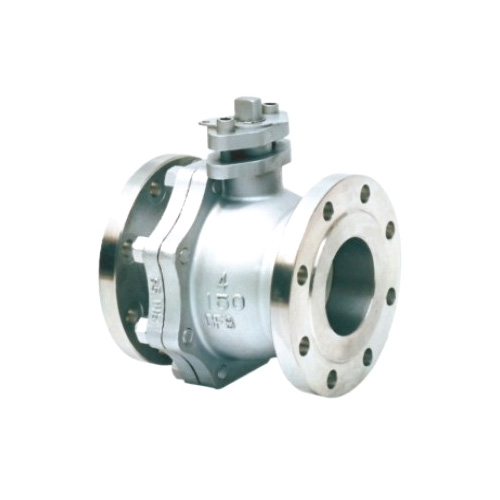
阀门的选择需要考虑多种因素,包括流体的性质、工作压力和温度、操作方式、安装位置等。不同类型的阀门适用于不同的场合。例如,截止阀适用于需要频繁启闭的场合,闸阀适用于需要大口径和高压的场合,球阀适用于快速启闭和流体调节的场合,蝶阀适用于大口径低压的场合,阀适用于需要防止超压的场合等。
The selection of valves requires consideration of various factors, including fluid properties, working pressure and temperature, operating mode, installation position, etc. Different types of valves are suitable for different occasions. For example, globe valves are suitable for situations that require frequent opening and closing, gate valves are suitable for situations that require large diameters and high pressures, ball valves are suitable for situations that require quick opening and closing and fluid regulation, butterfly valves are suitable for situations with large diameters and low pressures, and safety valves are suitable for situations that require prevention of overpressure.
阀门的安装和维护也需要注意一些事项。,阀门的安装位置应该便于操作和观察,同时要考虑流体的流向和阀门的启闭方向。其次,阀门应该安装在支架上,避免受到管道重量和应力的影响。在安装过程中,要注意阀门的密封性和紧固件的紧固力矩,确保阀门能够正常工作。在使用过程中,要定期检查阀门的密封性、操作灵活性和外观,及时发现并处理问题。
The installation and maintenance of valves also require some precautions. Firstly, the installation position of the valve should be easy to operate and observe, while considering the flow direction of the fluid and the opening and closing direction of the valve. Secondly, valves should be installed on brackets to avoid the influence of pipeline weight and stress. During the installation process, attention should be paid to the sealing of the valve and the tightening torque of the fasteners to ensure that the valve can function properly. During use, it is necessary to regularly check the sealing, operational flexibility, and appearance of the valve, and promptly identify and address any issues.
除了以上提到的阀门类型和安装维护事项外,还有一些阀门的知识需要了解。例如,阀门的流量系数是指阀门在全开状态下,流体通过阀门的流量与阀门面积的比值,它是衡量阀门流通能力的重要指标。阀门的公称压力是指阀门在正常工作条件下所能承受的压力,它是阀门选用的重要依据。此外,阀门的密封性能、操作力矩、材料耐腐蚀性等都是阀门选用和维护过程中需要考虑的因素。
In addition to the valve types and installation and maintenance matters mentioned above, there are also some professional knowledge of valves that need to be understood. For example, the flow coefficient of a valve refers to the ratio of the flow rate of fluid passing through the valve to the valve area when the valve is fully open. It is an important indicator for measuring the flow capacity of the valve. The nominal pressure of a valve refers to the maximum pressure that the valve can withstand under normal working conditions, and it is an important basis for valve selection. In addition, the sealing performance, operating torque, and material corrosion resistance of the valve are all factors that need to be considered in the selection and maintenance process of the valve.
随着科技的不断进步和工业的快速发展,阀门的应用范围越来越广泛,对阀门性能和质量的要求也越来越高。因此,阀门制造企业需要不断创新和研发,提高阀门的性能和质量,满足市场和用户的需求。同时,用户也需要不断学习和了解阀门的知识,正确选用和维护阀门,确保流体输送系统的和稳定。
With the continuous progress of technology and the rapid development of industry, the application range of valves is becoming more and more extensive, and the requirements for valve performance and quality are also increasing. Therefore, valve manufacturing enterprises need to constantly innovate and research and develop, improve the performance and quality of valves, and meet the needs of the market and users. At the same time, users also need to constantly learn and understand the professional knowledge of valves, correctly select and maintain valves, and ensure the safety and stability of fluid conveying systems.
 企业公告:
企业公告:















